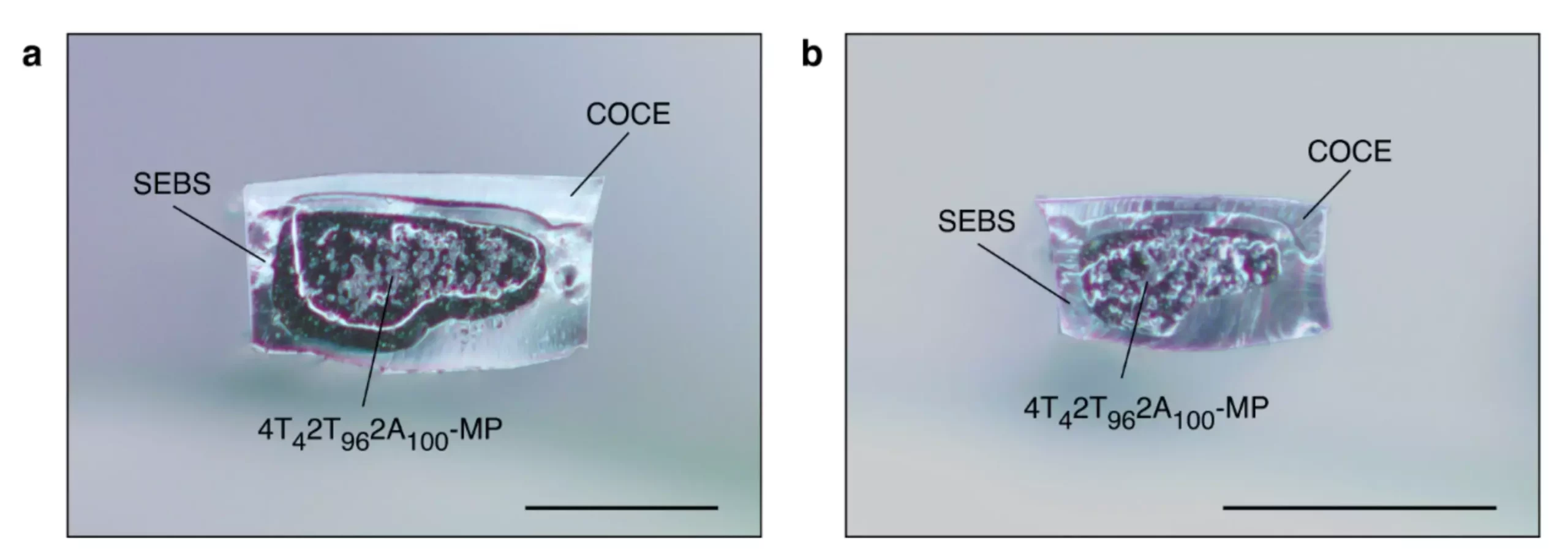A team of material scientists and electronic engineers at MIT has developed a magnetic soft robot that can move when subjected to a unidirectional magnetic field. The robots were created by combining fiber-based fabrication systems with mechanical and magnetic programming methods. The team published their findings in the journal Advanced Materials, outlining how they overcame the problems faced by those attempting to create magnetically controlled soft robots in the past.
The researchers noted that creating soft robots controlled using a magnetic field had been a challenging endeavour for many teams. Previous groups had run into issues with scaling, production and deployment. Consequently, most such robots were limited to two-dimensional structures, resulting in restricted functionality. However, the MIT team overcame these challenges by creating 3D magnetically controlled soft robots.
One of the primary challenges to using magnets to control soft robots is the bulky equipment required. To solve this problem, the research team used fiber-based actuators and magnetic elastomer composites. The actuators were created using thermal drawing, which allowed for the creation of a stretchy ferromagnetic compound.
Each structure was then subjected to a strain regimen that forced them into a helical structure. These structures allowed for folding on-demand through magnetic pull at multiple points. The addition of folding points enabled greater flexibility. Folding points were introduced to mimic bipedal motion, forcing sectioned structures into linear leg and foot shapes.
The resulting 3D robots could be controlled by varying the strain applied to a given robot and the strength of a magnetic field. The researchers created worm-like robots that could crawl or walk. Locomotion was induced using a magnetic field placed orthogonally to the plane of motion. The robots could also be programmed to carry cargo or work in unison with other similar robots.
The researchers pointed out that the design for the robots allows for scalability and paves the way for the use of magnetically controlled soft robots in both biomedical and engineering applications. One of the main advantages of these robots is that they can be easily controlled by the magnetic field, making them ideal for use in environments where other methods of control are not suitable.
MIT engineers have developed a new way to create magnetic soft robots using fiber-based fabrication systems and mechanical and magnetic programming methods. The resulting 3D robots can be controlled using a magnetic field, making them ideal for use in biomedical and engineering applications. The design of these robots allows for scalability, making them suitable for a wide range of uses.


Leave a Reply